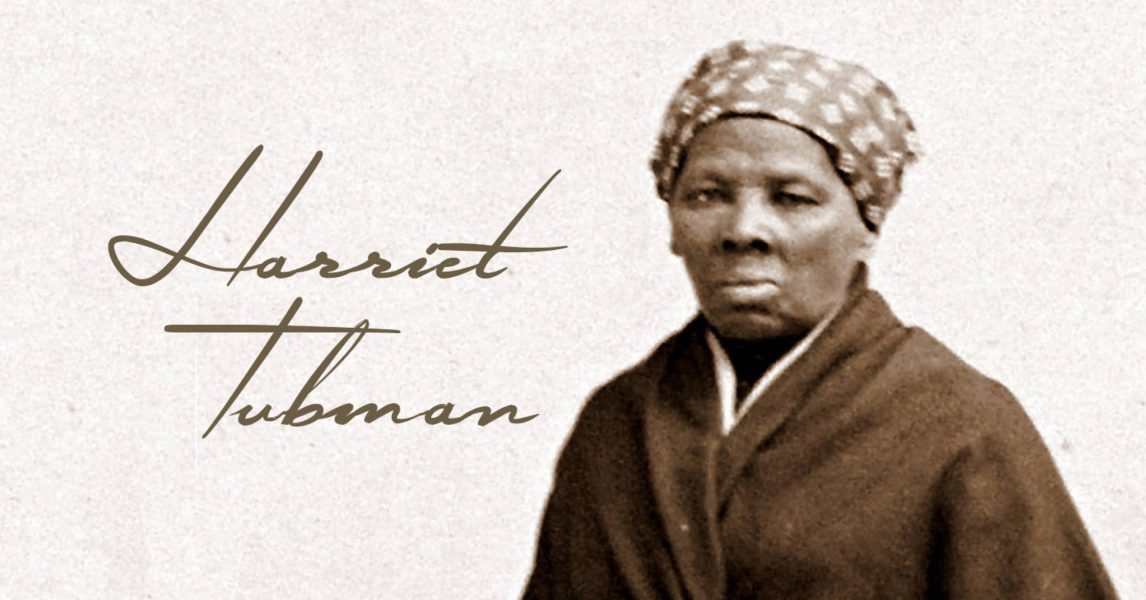Harriet Tubman was a revolutionary leader who rescued 70 people from slavery and played an important role in both the abolitionist and women’s suffrage movements. Her inspiring story reveals many golden nuggets of wisdom for today’s leaders. Here are four valuable lessons we can learn from Harriet Tubman about the true meaning and practice of successful leadership.
1. Pave the Way
Harriet Tubman, born Araminta “Minty” Ross, is one of the greatest examples of perseverance and grit. At the age of 29, after three of her sisters were sold, she and her two brothers escaped the plantation. Her brothers ultimately turned back, but she continued, traveling 90 miles to reach the free state of Pennsylvania.
While she could have enjoyed a relatively easy and comfortable life, she chose instead to help others make the trek to freedom. She knew what it took to make the long and perilous trip. Having completed the journey herself, she was well equipped to lead others through the networks of the Underground Railroad.
Successful leaders do more than just set an example — they pave the way.
2. Participate in a Shared Purpose
Strong leaders do not stand alone; rather, they are active participants in a purpose greater than themselves. Harriet Tubman is an outstanding example of this. Shortly after she began working with the Underground Railroad, the Fugitive Slave Law of 1850 was passed, forcing free Union states to turn over escaped slaves. In response, Harriet began working with Thomas Garrett and Frederick Douglass to fight rigorously for the abolishment of slavery. In addition, she worked as a cook, nurse, and spy for the Union Army during the American Civil War.
To be a strong and effective leader, find ways to collaborate and unify with like-minded people for a shared purpose.
3. Always be Vigilant
Tubman famously said, “I was the conductor of the Underground Railroad for eight years, and I can say what most conductors can’t say — I never ran my train off the track and I never lost a passenger.” She was both cunning and creative. For her rescue missions, she would disguise herself and carry a revolver. During the Civil War, she became the first American woman in history to lead an armed raid into Confederate territory.
Successful leaders are vigilant — alert, watchful and always prepared.
4. Leave a Legacy for Action
Tubman’s leadership did not stop at the Underground Railroad or the Civil War. She was also actively involved in the women’s suffrage movement, giving several speeches that stirred the public to join the fight for civil rights. But she didn’t stop there—at the age of 80, she donated her own property to the African Methodist Episcopal Zion Church to be used as a home for the elderly. Tubman’s service far outlasted her lifetime.
The true measure of an effective leader is their ability to leave a legacy that not only commemorates but motivates.
Harriet Tubman’s story is a continual inspiration to leaders everywhere. These four elements — paving the way, participating in a shared purpose, being vigilant and leaving a legacy for action — are just a few glimpses into Tubman’s life and what she can teach us.
Which strategy will you practice this week?

